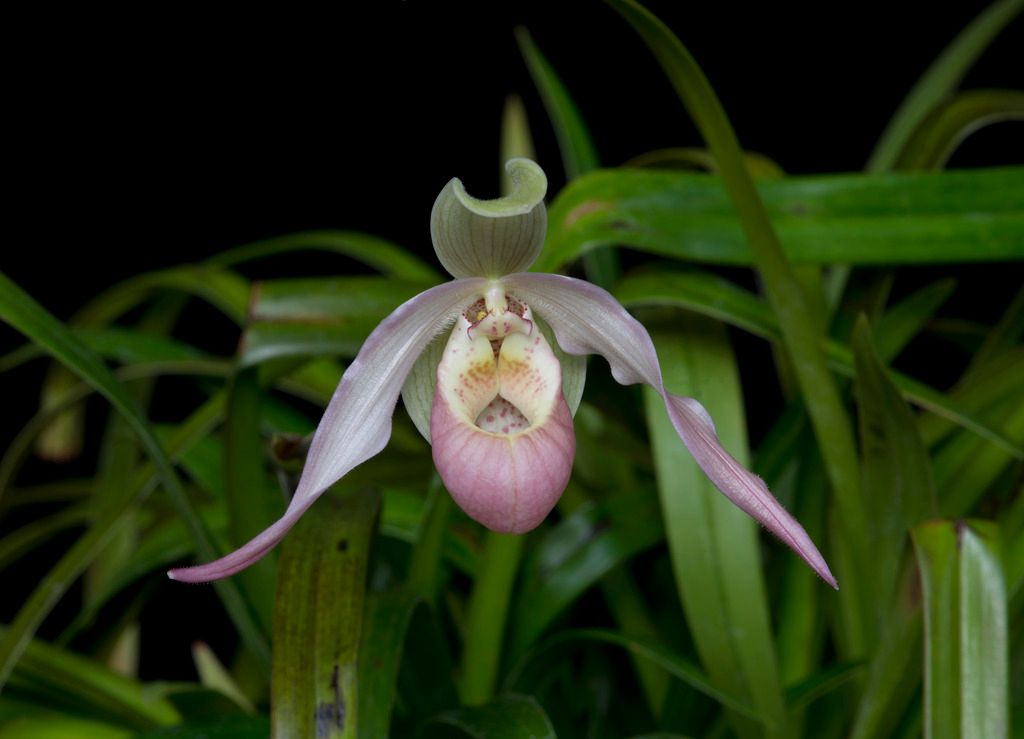Achamore
Well-Known Member
One problem is different hybridizers in different countries did different breeding lines. There are plant from growers, like Franz Glanz, or Allan Tetzlaff, or even EYOF, that we here will never get.
This is less of an issue with the pre1907 crosses though, so an added incentive to try to collect them...!




